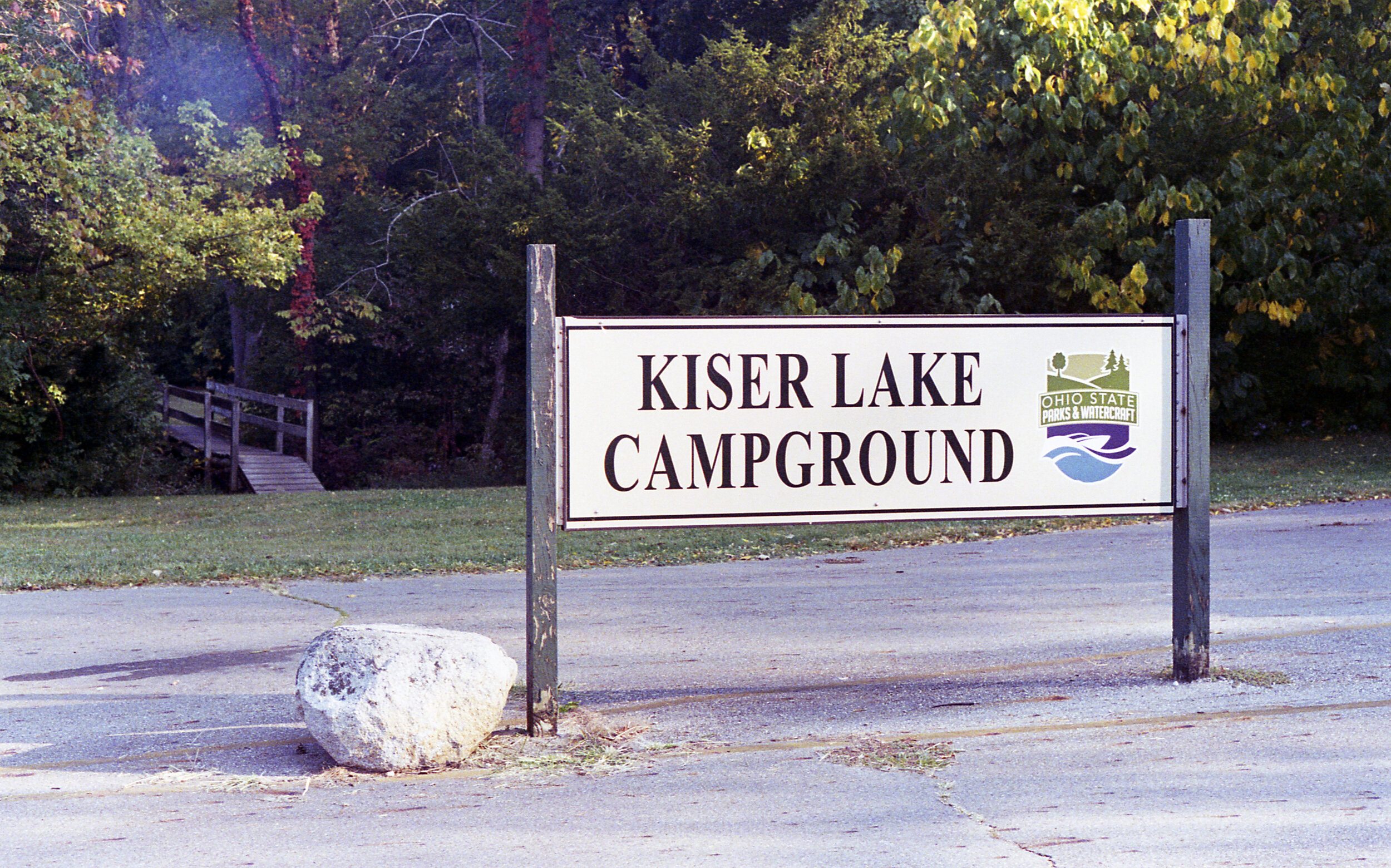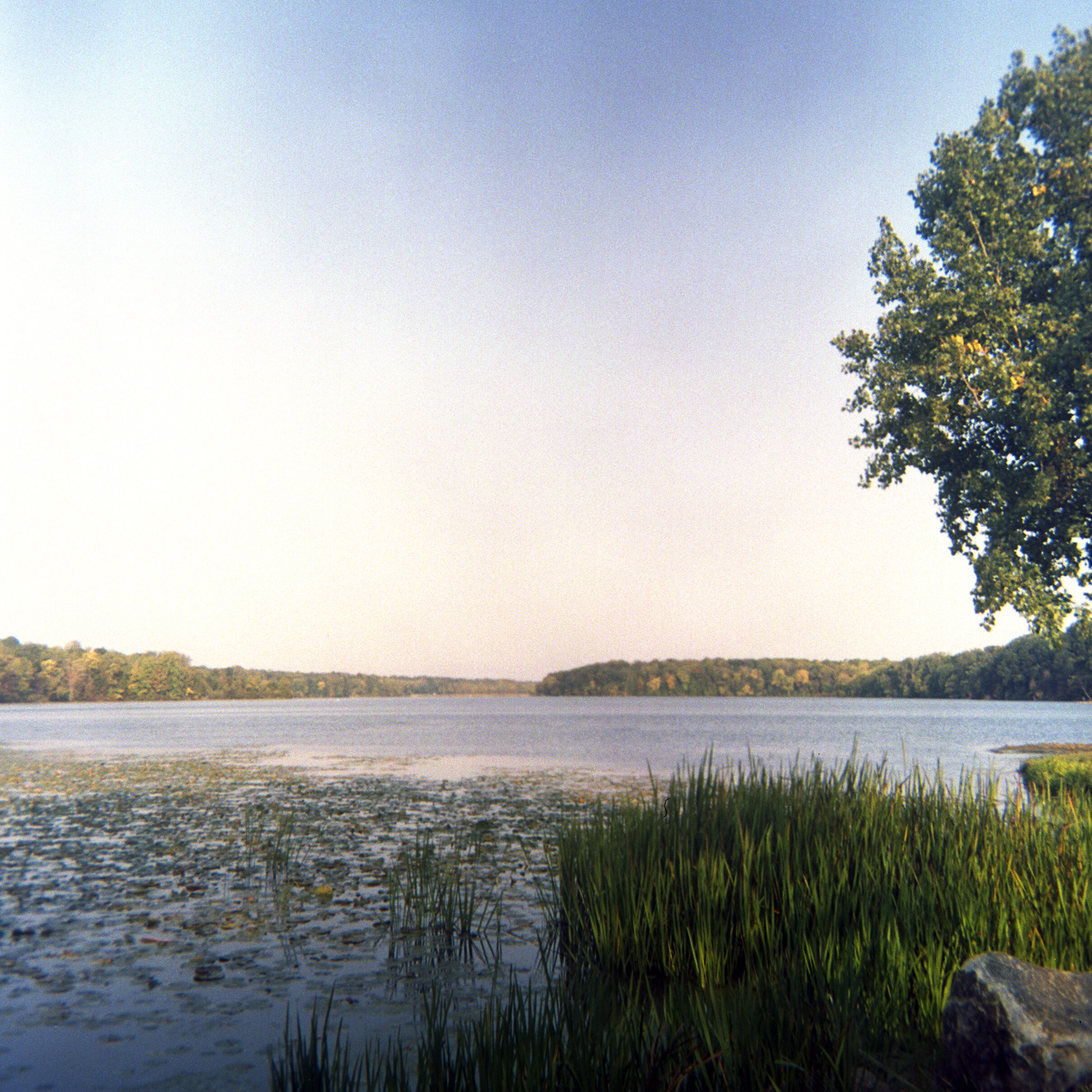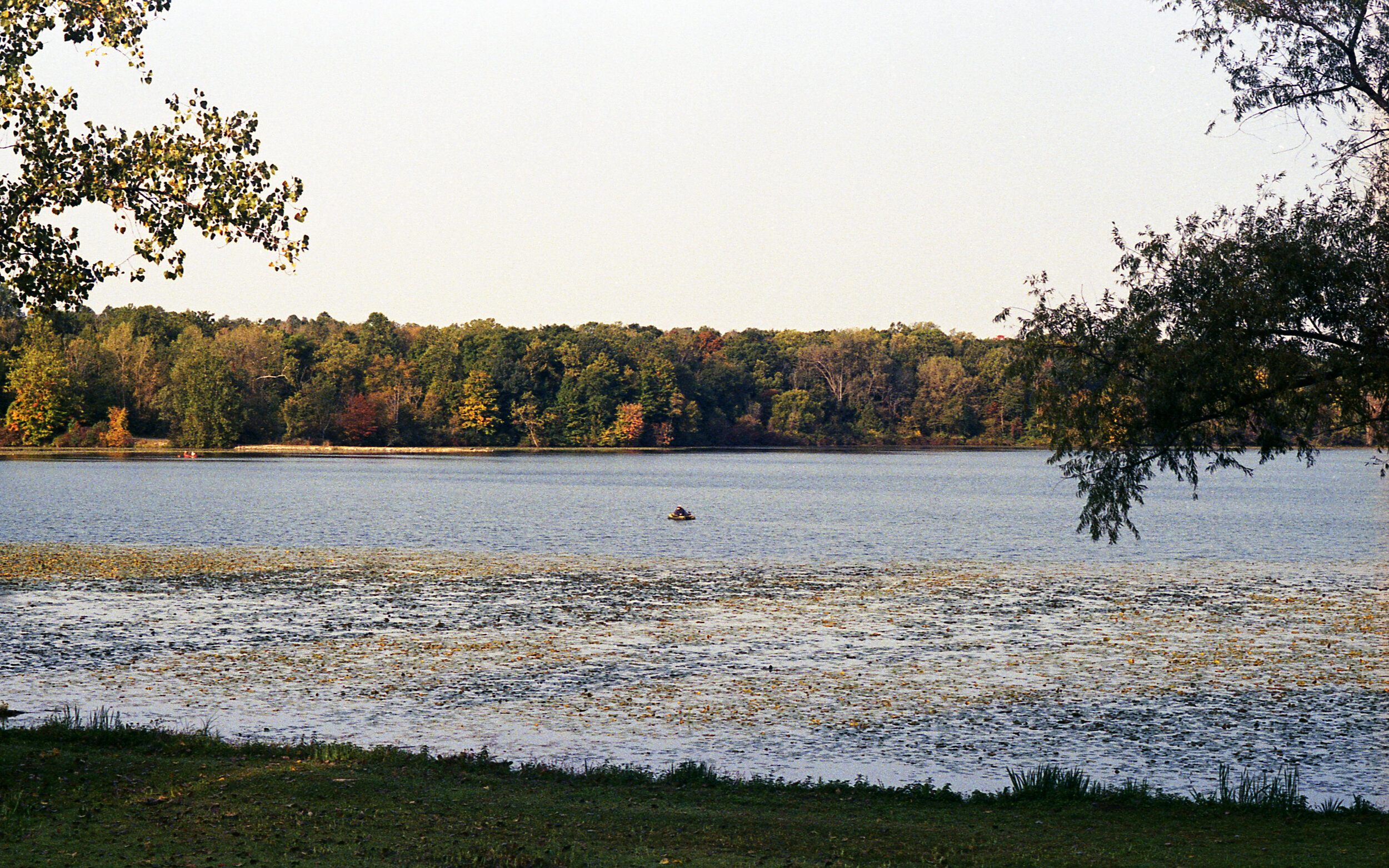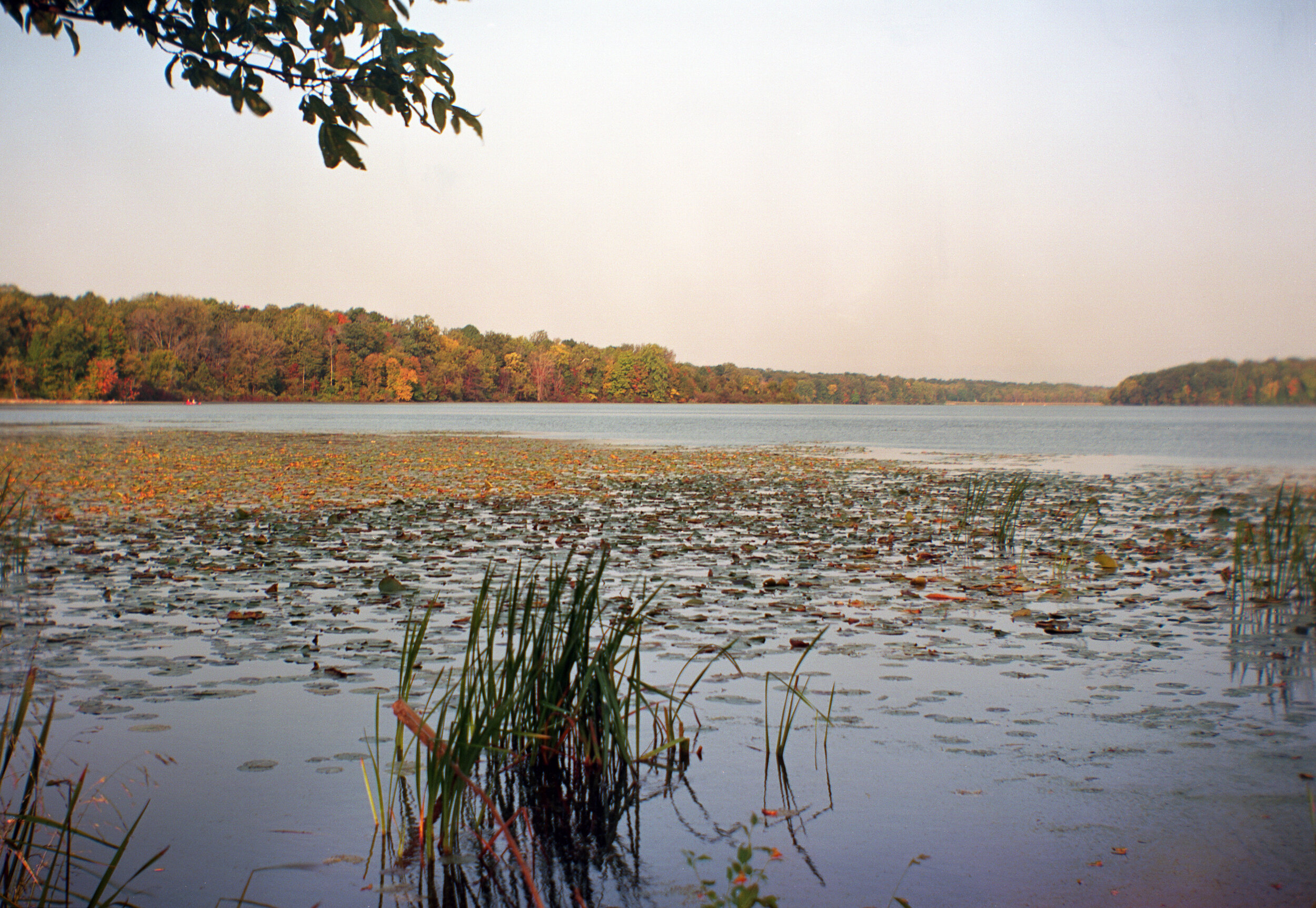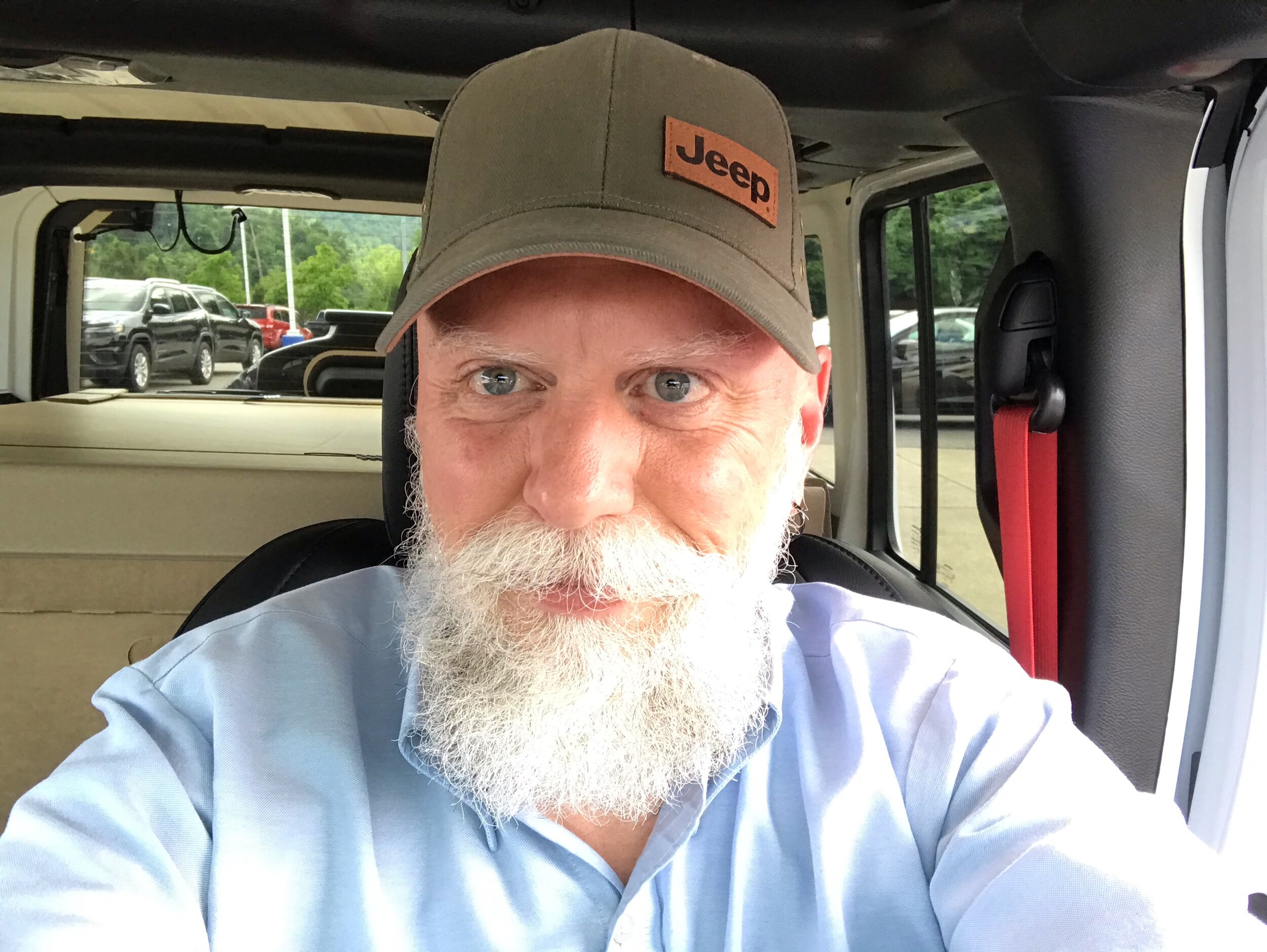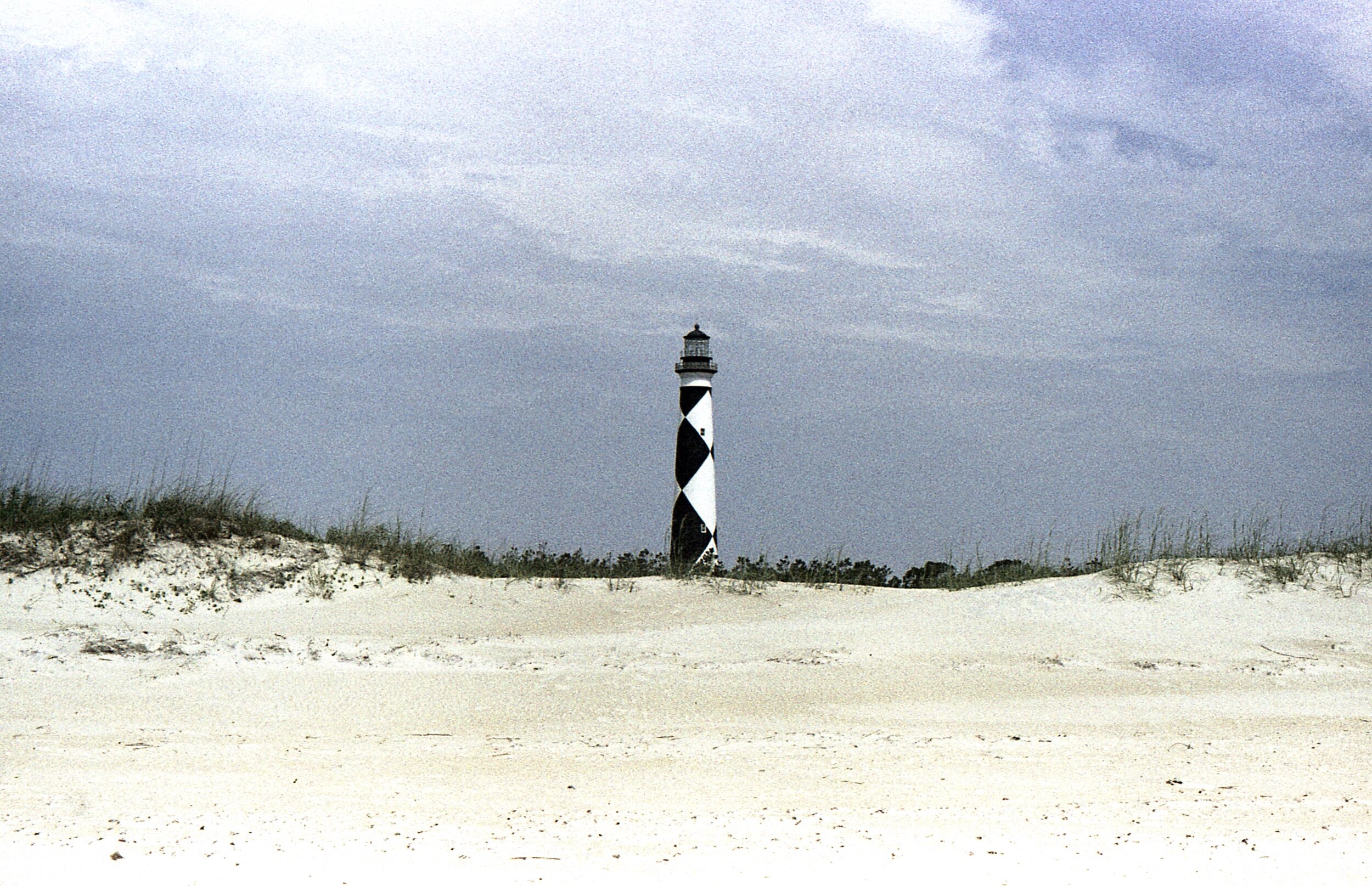Hey! You’re back! Good to see you!! I’m glad you decided to stop by to read the new post. And you’re in for a surprise, because this photography blog post actually contains some…photography, and even some film photography, at that!
When we last saw “Jeff” (aka Bonecrusher), he was still a bone (no pun intended) stock 2020 Jeep Rubicon Recon. While the new 4-door Jeeps are pretty roomy, it’s not big enough to sleep in, especially when carrying supplies and cameras (mostly cameras). This is a problem, but one that has multiple solutions. We could pull a trailer behind the Jeep, but that would limit our mobility. We could pack a tent inside the Jeep, but that means less room inside the vehicle for carrying other things (cameras), and I don’t really want to sleep on the ground. I turned 50 this year, and believe me when I tell you…I’m feeling it. But one solution I can get on board with is sleeping on top of the Jeep. In order to do that, I’ll need to get a roof rack that can carry the tent.
Minolta X-370, Kodak Ektar 100
There are many different roof racks made for Jeep Wranglers. After some research, I settled on the Rhino Rack Pioneer Platform roof rack (I purchased ours from the good people at Northridge 4x4). The Pioneer Platforms come in multiple sizes. I chose a size that would be large enough to support a good size tent while still leaving the Freedom Panels clear so that they could be removed while the tent is on. This will allow us to still enjoy the open air capabilities of the Jeep while driving to our next destination. Since this rack is mounted to the top, and not the frame or windshield of the Jeep, it can be removed with the top, allowing us to easily install the soft top for those times when we want to go to totally topless.
With the roof rack ready to build and install, into the garage Bonecrusher goes! It just barely fit!
Minolta X-370, Kodak Ektar 100
Minolta X-370, Kodak Ektar 100
It took me the biggest part of a weekend to build and install the roof rack. The most unnerving part of the whole thing was drilling through the hard top of the brand new Jeep, which is required for installation. In the end, it really wasn’t as bad as I thought it would be, and I love the finished result. The Rhino Rack weighs just 94 pounds and can support 138 pounds dynamic (moving) when traveling off-road (more when on paved roads) or 720 pounds static (when stationary). The size of the platform (56” x 72”) will be perfect for our tent.
iPhone Photo
Minolta X-370, Kodak Ektar 100 (Photo by Dawn Warner)
Next, it was time to install the tent. In a perfect world, we could have hoisted the tent up inside the garage and then lowered it onto the roof rack. However, our garage doors aren’t tall enough to allow the Jeep to dive out of the garage with the tent installed. We would have to find another way.
Luck would have it that there is a hill where our property joins our neighbors. Long story short, we backed the Jeep up to the hill and used our extension ladder as a ramp. Once we sat the tent on the “ramp” (ladder), we slid it up the ramp and onto the roof rack. It actually worked pretty well. Still, we’ll come up with a better method for future loadings and unloadings of the tent.
With the tent firmly attached to the roof rack, it was time to open it up and see how it looked.
Minolta X-370, Kodak Ektar 100
Roof top tents are great for the type of traveling we want to do. They stay attached to the top of the vehicle, set up in minutes, and provide some benefits over sleeping on the ground.
IPhone Photo
The tent we bought is a Mt. Rainier tent from Cascadia Vehicle Tents (CVT). The Mt. Rainier is the third largest soft shell tent from CVT and is available in a standard fly or an extended fly. The extended fly adds the extra length to the tent which overhangs the entrance to the tent, providing additional protection from the elements when entering or leaving the tent.
Inside the Mt. Rainier, you’ll find a California king size 3” high-density memory foam mattress. The blankets and pillows can be folded up with the tent, saving even more room inside the Jeep and making it even more convenient to set up camp. The maximum height inside the tent is 50”, enough room to comfortably sit up.
The tent features windows on the other three sides if the tent as well as two skylights, which are even viewable through the rain cover.
IPhone Photo
IPhone Photo
The tent also comes with an annex that attaches on to the bottom of the tent, providing an extra 5’x8’ area, complete with a floor and doors on all sides (the door on the side nearest the vehicle opens to allow access to the Jeep from inside the annex.
It amazes me how compact the tent is when folded down. This is what the tent looks like before putting the travel cover on. The annex and awning rods can be placed on top of the folded tent before putting the travel cover on.
IPhone Photo
September also saw us becoming a member of Overland Bound, a worldwide network of Overlanders. Our member number is 25574. If you’re an Overland Bound member, look us up and reach out.
IPhone Photo
IPhone Photo
Minolta X-370, Kodak Ektar 100
I also installed the tailgate shelf. Like other Jeep accessories, these are available from multiple manufacturers. I chose the one offered by Frontrunner. I liked the way it latches and it also comes with a cutting board that slides out from the bottom. It has a load rating of 82 pounds, which will be more than enough for what we’ll use it for. When closed, the table takes up just a couple of inches. When opened, it’s the perfect size for our Coleman camp stove. If we happen to be somewhere that has a table we can use for cooking, the tailgate table can be used for other tasks.
IPhone Photo
With the tent on top of the Jeep, and the cooking surface folded, the storage space in the back of the Jeep is available for our food, clothing and cooking supplies…and cameras. Lots of cameras.
IPhone Photo
All packed up and ready to go! The following weekend, we set out for an overnight test. Is Bonecrusher ready? We shall see! We were able to fit all of our lanterns and cooking supplies in one travel tote. We also brought along one cooler and one bag of food that didn’t need to stay cool.
IPhone Photo
Minolta X-370, Kodak Ektar 100
We arrived at Kiser Lake State Park around 3:00 PM. Kiser Lake State Park is located in St. Paris, Ohio, about an hour north of where we live.
Minolta X-370, Kodak Ektar 100
Park Map courtesy of the www.ohiodnr.gov
IPhone Photo
After checking in at the marina, we headed to our home for the night, site #14. It was a primitive camping spot under a canopy of walnut trees at the end of the deadend road. This would definitely work for us.
Campground Map courtesy of the www.ohiodnr.gov
We used a couple of pieces of firewood as leveling blocks for the Jeep. No one wants to sleep in a slanted bed. Once the Jeep was parked, it took us about an hour to unpack our supplies, set up the tent, start a fire and pour a drink. Not bad. Not bad at all!
Minolta X-370, Kodak Ektar 100
Kodak Duaflex IV, Kodak Portra 400 (Photo by Dawn Warner)
Kodak Duaflex IV, Kodak Portra 400 (Photo by Dawn Warner)
Minolta X-370, Kodak Ektar 100
I brought three cameras on the overnight trip; a Minolta X-370 loaded with Kodak Ultramax 400, a Kodak Brownie No 2 (Model F) loaded with Kodak Extar 100, and a Kodak Duaflex IV loaded with Kodak Portra 400. I had started documenting the Jeep build on the Minolta X-370 and intended to finish the roll on this overnight trip. The Kodak Brownie was brought along so that I could shoot photos for a couple of photography projects I’m involved in. I brought the Duaflex for Dawn to shoot. I had owned it for a decade or more, but have never shot it.
IPhone Photo
After setting up camp and relaxing with some of Kentucky’s finest bourbon, we decided it was time for dinner. We used a cast iron skillet on the Coleman cook stove it sauté thinly sliced onions, peppers, and steak. Toss these into a tortilla with some cheese and hot sauce, and you have a great one-skillet dinner. Perfect for camping.
Kodak Duaflex IV, Kodak Portra 400 (Photo by Dawn Warner)
IPhone Photo
We had the good fortune of having great neighbors for our overnight camping trip, and the roof top tent got its fair share of attention from all of them. There was a great group of students from the University of Dayton who came over to say hi and investigate the rig. There was also a solo camper who rode in on a motorcycle cruiser, tent and bag strapped to the back. An older woman traveling with her husband in a long travel trailer visited to ask if we were traveling from out west, stating they had only seen roof top tents out west, and though perhaps we were from the West traveling through Ohio. “Nope. We actually live about an hour away and are testing the tent close to home before going on a longer trip.”
Minolta X-370, Kodak Ektar 100
Kodak Brownie No. 2, Model F, Kodak Ektar 100 (converted to black & white)
The next morning, we warmed up some breakfast, then grabbed the cameras and left camp to explore the lake.
Kodak Duaflex IV, Kodak Portra 400 (Photo by Dawn Warner)
Kodak Duaflex IV, Kodak Portra 400 (Photo by Dawn Warner)
Kodak Duaflex IV, Kodak Portra 400 (Photo by Dawn Warner)
Minolta X-370, Kodak Ektar 100
Minolta X-370, Kodak Ektar 100
Minolta X-370, Kodak Ektar 100
Minolta X-370, Kodak Ektar 100
Minolta X-370, Kodak Ektar 100
Minolta X-370, Kodak Ektar 100
Kodak Duaflex IV, Kodak Portra 400 (Photo by Dawn Warner)
Kodak Brownie No. 2, Model F, Kodak Ektar 100
Kodak Brownie No. 2, Model F, Kodak Ektar 100
Kodak Brownie No. 2, Model F, Kodak Ektar 100
Kodak Brownie No. 2, Model F, Kodak Ektar 100
Kodak Duaflex IV, Kodak Portra 400 (Photo by Dawn Warner)
Kodak Brownie No. 2, Model F, Kodak Ektar 100
Minolta X-370, Kodak Ektar 100
Not only did we survive the first overnight stay in Bonecrusher, but I’d go so far as to say the test was an overwhelming success. The tent performed beautifully. Setup and takedown were pretty easy and something we’ll get better at the more we do it. The mattress was a little firm, but that can be remedied with a mattress topper. We also acknowledged the need for a way to carry more water. Again, something easily remedied and something we knew before the overnight stay.
We already have our next trip planned. The weekend of October 9th, we’ll be spending two nights in another local campground. Stay tuned for a trip report and of course more photos.


















